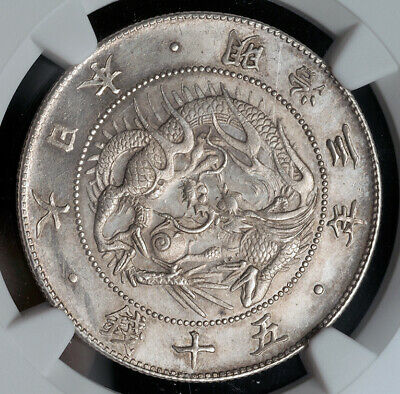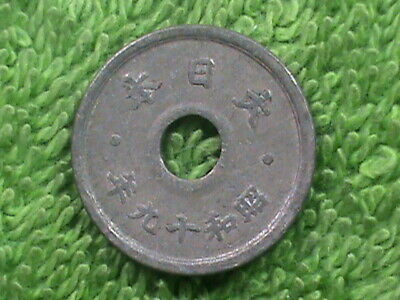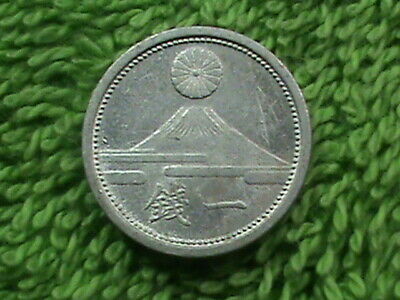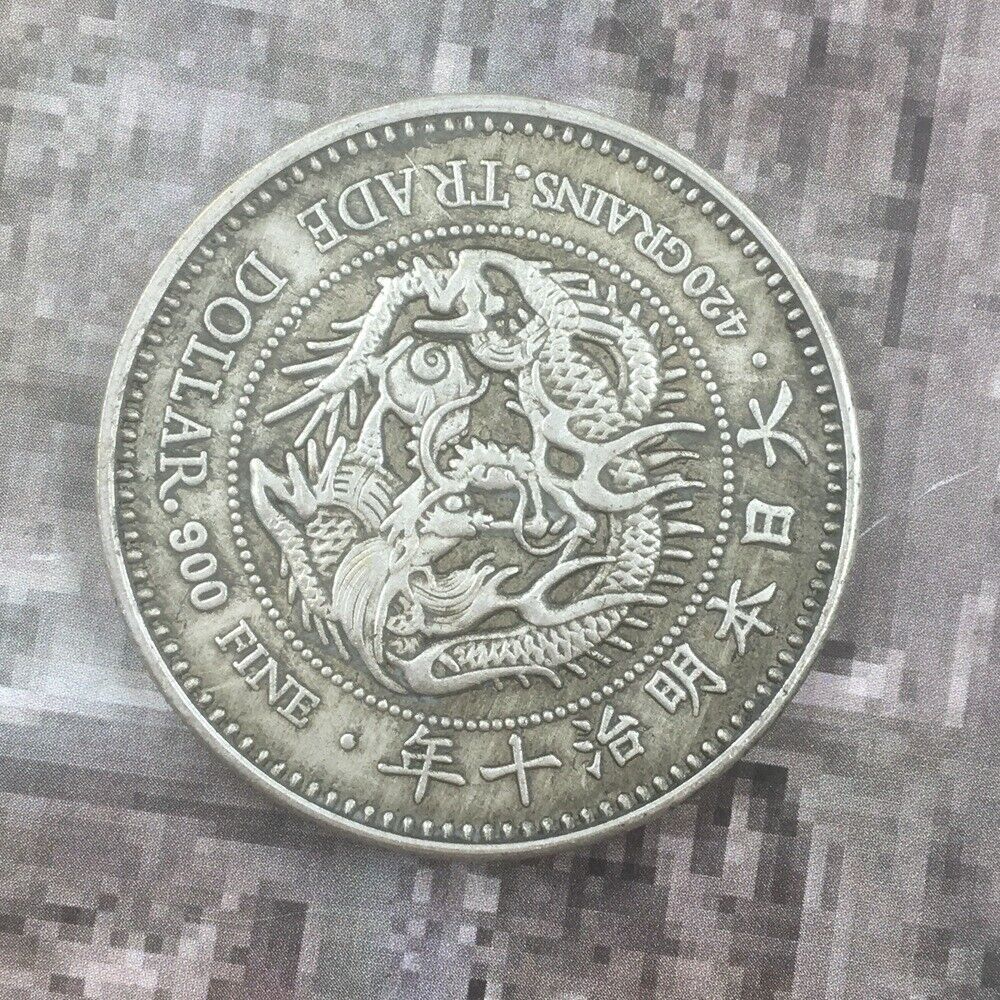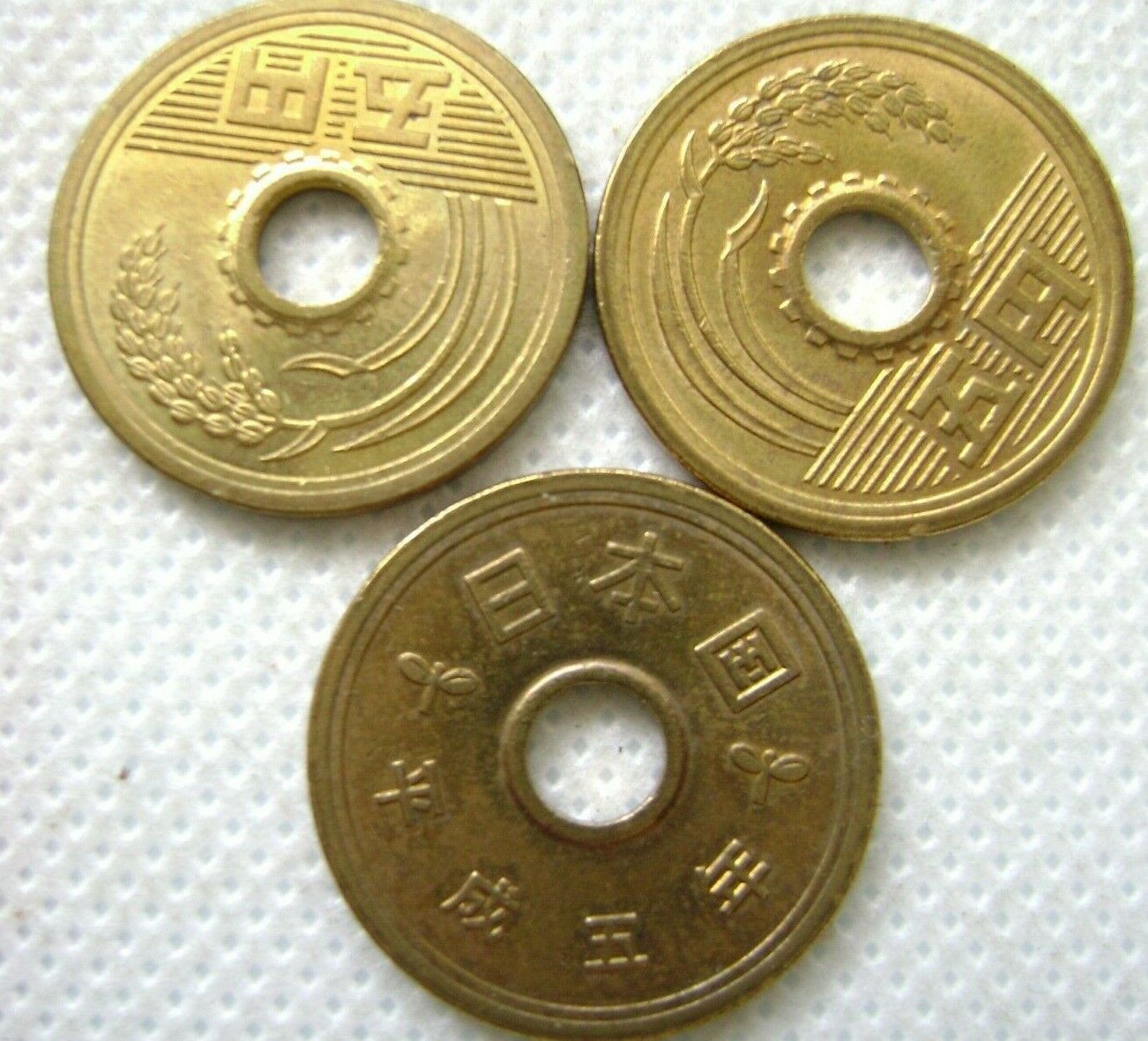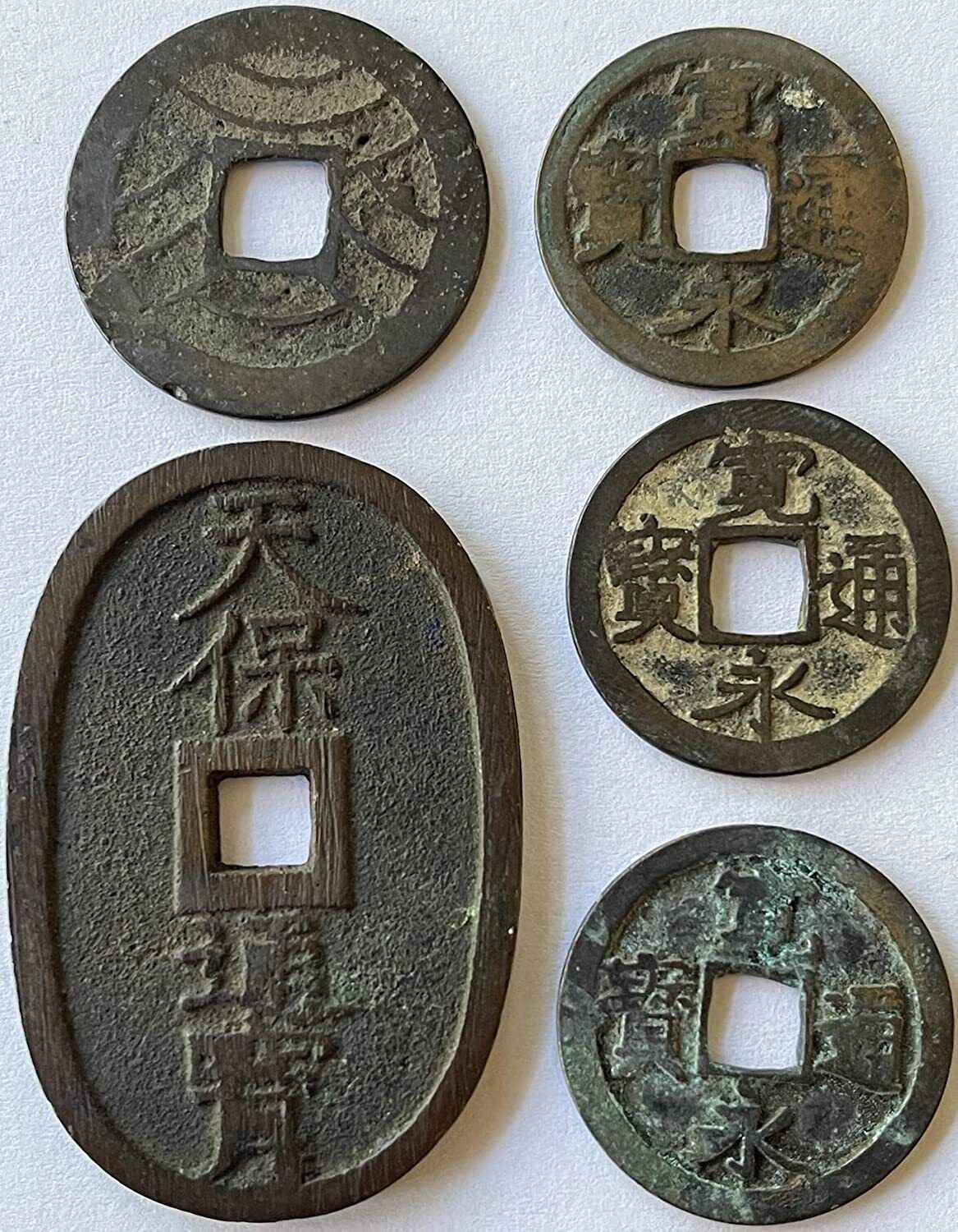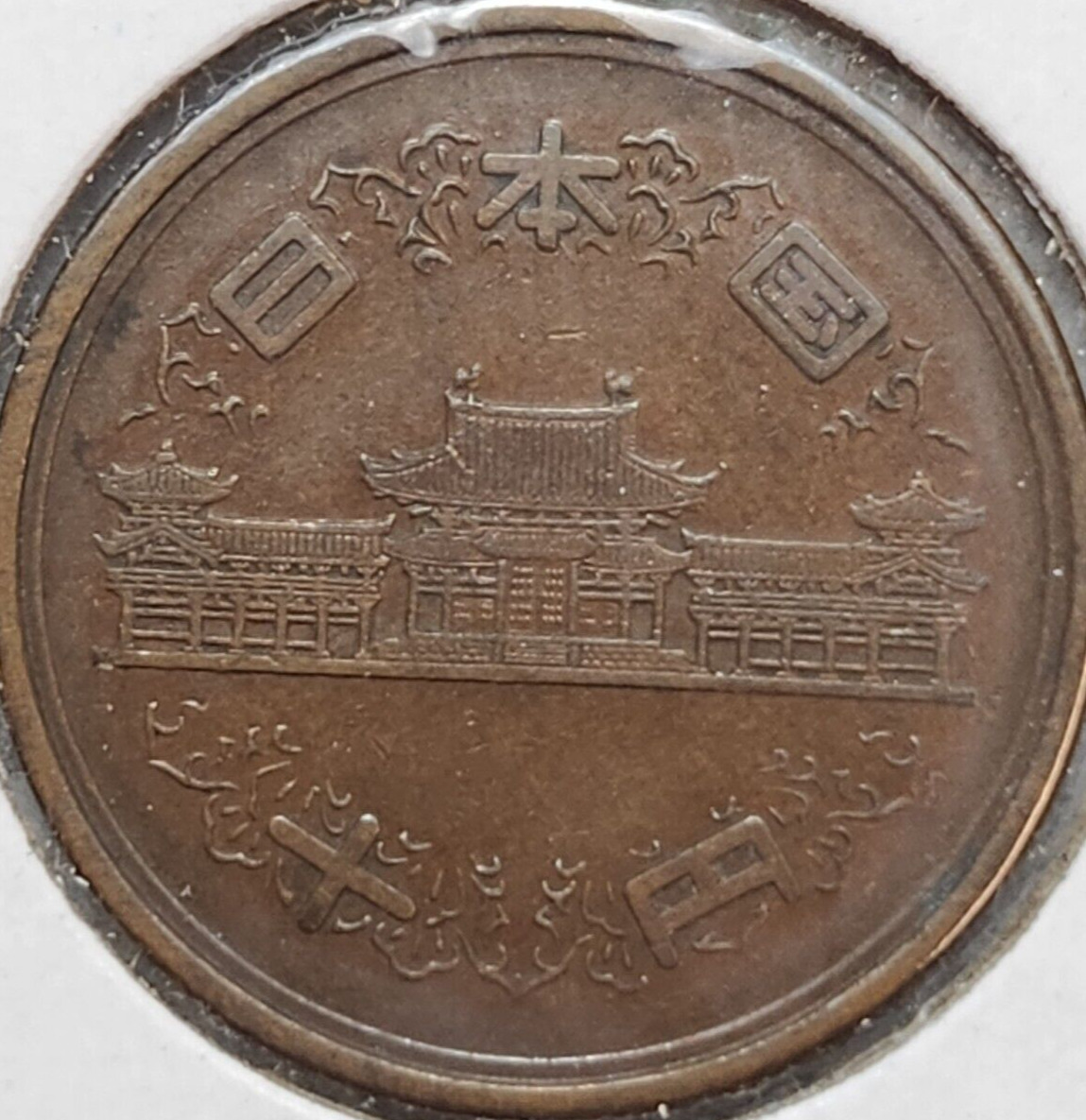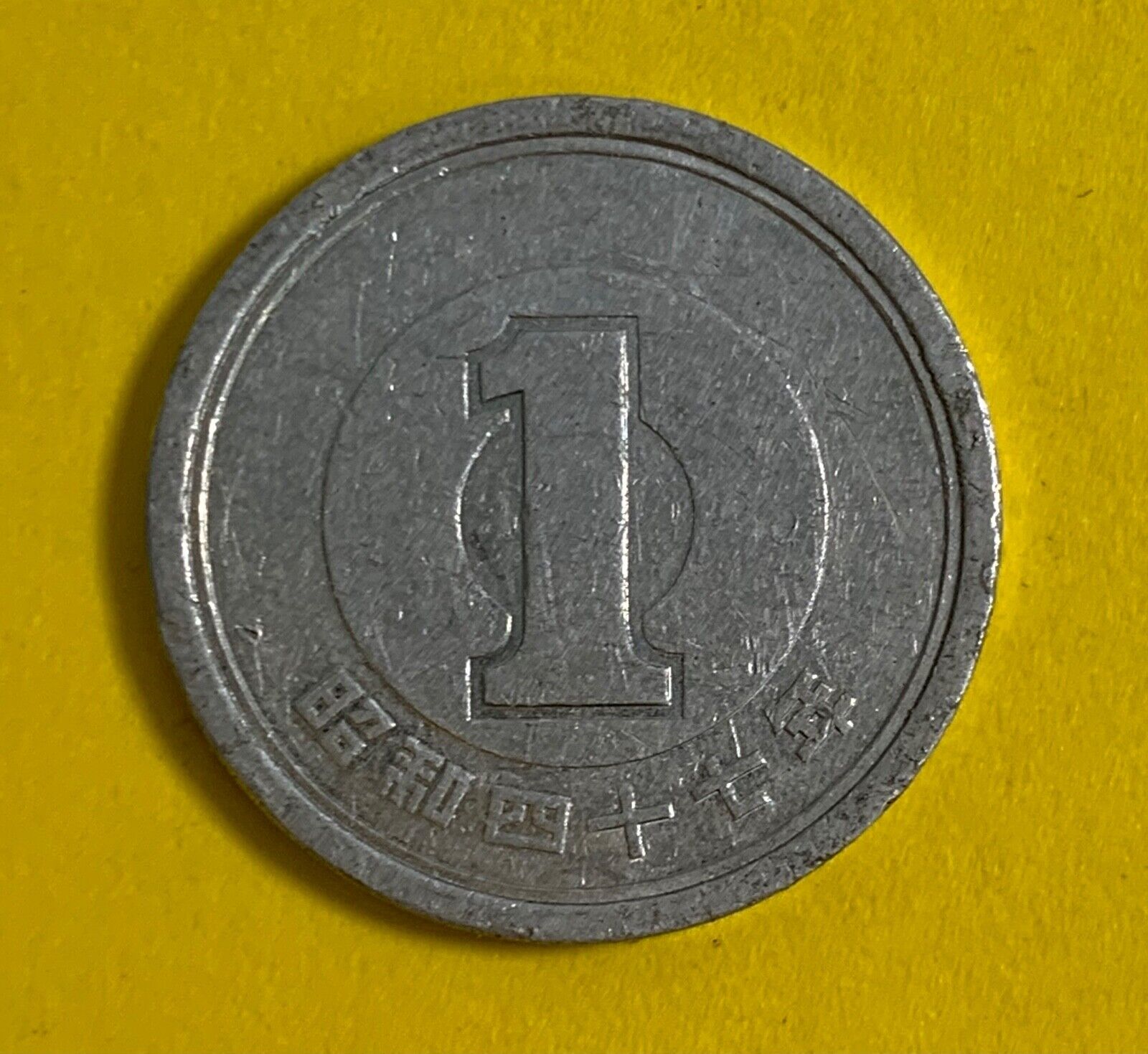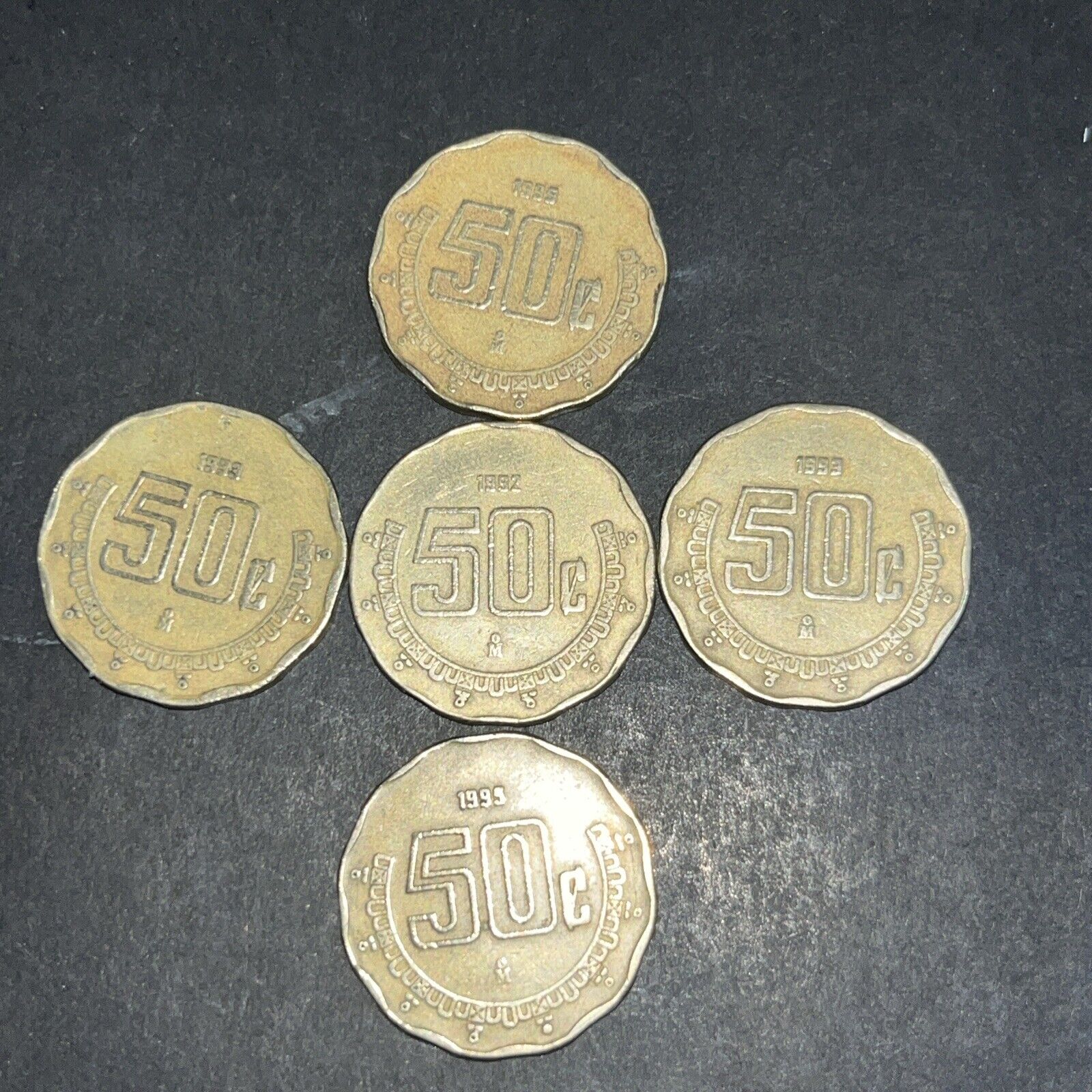-40%
1870, Japan, Meiji Period. Beautiful Silver 50 Sen (1/2 Yen) Coin. NGC MS-63!
$ 224.7
- Description
- Size Guide
Description
CoinWorldTV1870, Japan, Meiji Period. Beautiful Silver 50 Sen (1/2 Yen) Coin. NGC MS-63!
Reference: KM-4.
Mint Year: 1870 (Meiji Year 3)
Denomination: 50 Sen (1/2 Yen)
Condition:
Certified nad graded by NGC as MS-63!
Material: Silver (.900)
Diameter: 31.5mm
Weight: 12.5gm
Obverse:
Dragon in circle clutching Pearl of Celestial Wisdom.
Legend:
"Year 3 (4 characters) . Meiji (3 characters) . Great Japan (3 characters) . 50 Sen .
"
Reverse:
Sunburst crest within beaded circle and wreath. Chrysanthemum, flanked by decorative stylized Pawlonia symbols above.
The
Meiji period
(Meiji jidai), or
Meiji era
, denotes the 45-year reign of the Meiji Emperor, running, in the Gregorian calendar, from
23 October 1868
to
30 July 1912
. During this time, Japan started its modernization and rose to world power status. This era name means "Enlightened Rule". After the death of the Meiji Emperor in 1912, the Taisho Emperor took the throne, thus beginning the Taisho period.
Authenticity unconditionally guaranteed.
Bid with confidence!
The
Meiji Emperor
(
Meiji-tenno
) (3 November 1852 — 30 July 1912) or Meiji the Great was the 122nd emperor of Japan according to the traditional order of succession, reigning from 3 February 1867 until his death.
Like all his predecessors, since his death he has been referred to by a posthumous name. Upon his death a new tradition of giving the late emperor the name of the era coinciding with his reign was established. Having ruled during the Meiji era
(Enlightened rule)
, he is now known as
Emperor Meiji
. As this is not a personal name, more accurately he should be referred to as "the Meiji emperor".
His personal name was
Mutsuhito
, and although outside of Japan he is sometimes called by this name or
Emperor Mutsuhito
, in Japan emperors are referred to only by their posthumous names. Use of an emperor's personal name would be considered too familiar, or even blasphemous.
At the time of his birth in 1852, Japan was an isolated, pre-industrial, feudal country dominated by the Tokugawa Shogunate and the daimyo, who ruled over the country's more than 250 decentralized domains. By the time of his death in 1912, Japan had undergone a political, social, and industrial revolution at home (See
Meiji Restoration
) and emerged as one of the great powers on the world stage.
A detailed account of the State Funeral in the
New York Times
concluded with an observation: "The contrast between that which preceded the funeral car and that which followed it was striking indeed. Before it went old Japan; after it came new Japan."
Only 1$ shipping for each additional item purchased!
